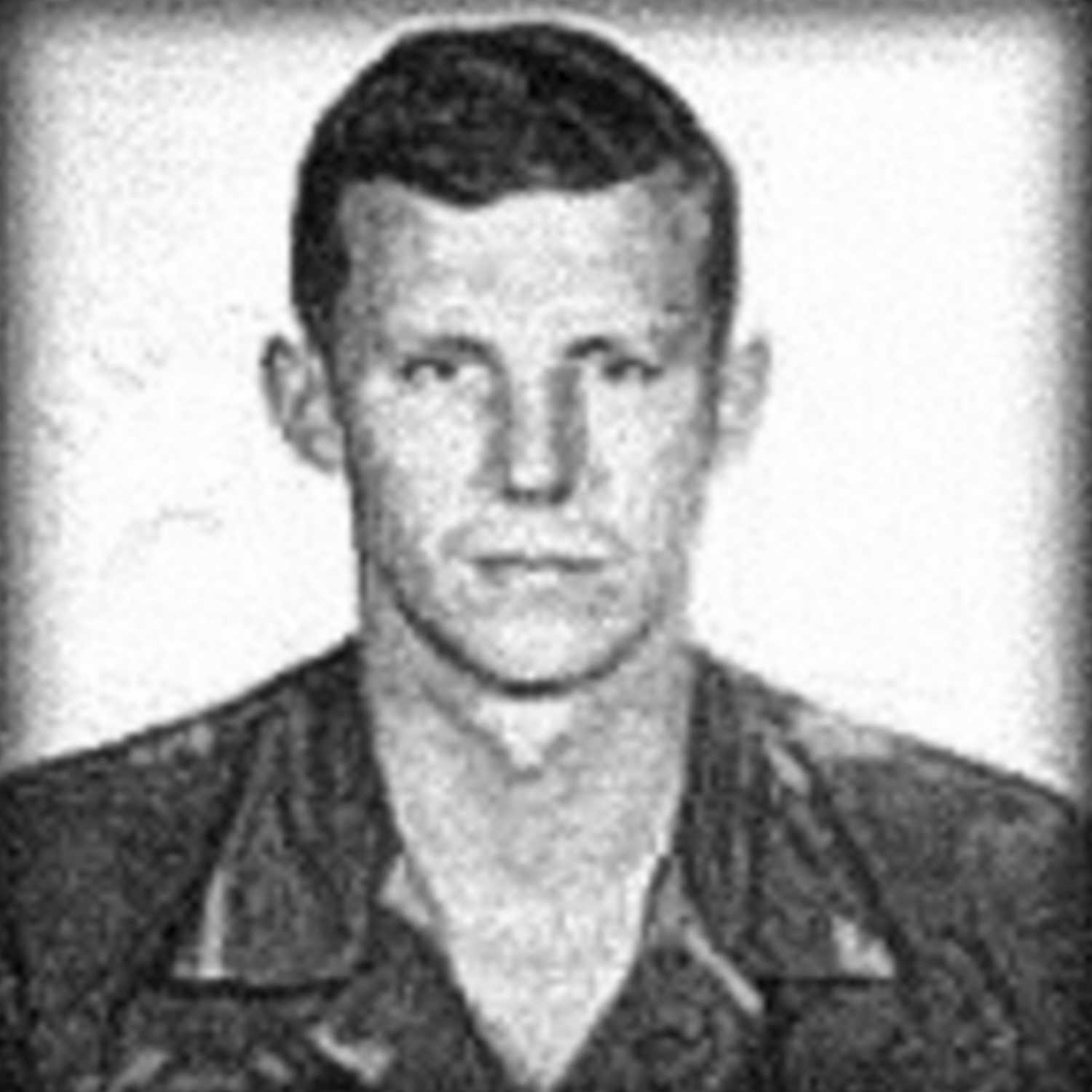During Raymond Seaborg’s short time at the CIA, he became known for his sincere and selfless concern for his colleagues. This trait brought about Ray’s demise when he stayed behind to watch over some wounded comrades. On September 27, 1972, Ray was killed by a rocket in Laos during an attack.
From Star Athlete to Civil Servant
Ray Seaborg was born in Washington, DC. He attended a local public high school, where he was perhaps best known as an outstanding athlete, lettering repeatedly in football, basketball, and baseball.
After graduating in 1960, Ray worked for the US Coast & Geodetic Survey Agency operating a small transport boat. This job, which he held again in the summer of 1963, took him to Alaska and to the Puget Sound area near Seattle.
Ray graduated from Washington State University in 1965 with a Bachelor of Science degree in Police Science. He was active in a fraternity and was named to two national honor societies. He also completed a semester of graduate study in Criminology at California State University in Long Beach.
He then joined the US Marines, serving from 1965 to 1969 as an engineering specialist. He was honorably discharged as a Captain after completing two tours in Viet Nam, first as an executive officer and then as commanding officer of engineering companies specializing in demolition and road and bridge construction.
Dedicated to the Mission
Ray joined CIA in June 1970 as an operations officer trainee with the Special Operations Group in the Directorate for Plans, now the Directorate of Operations.
After a year of orientation and intensive operational training, Ray was assigned to Vientiane, Laos in July 1971, and later to Nam Yu, as a special operations paramilitary case officer. He took on a variety of other operational support responsibilities, including logistics management, air relief operations, various kinds of training, and reports officer duties.
During his training at Headquarters and his work in the field, Ray demonstrated strong analytical and writing skills. These talents were reflected in reports he prepared for the Station and for transmittal to headquarters.
Also impressive was his previously undiscovered knack for learning languages; within a few months of his arrival in Laos, he had exceeded the base or “courtesy” level in Thai, Lao and French.
His Final Mission
On the afternoon of September 26, 1972, Ray was monitoring and coordinating the movement of a CIA-supported Special Forces guerrilla battalion into a forward position on the southern edge of the Plaine des Jarres (aka “Plain of Jars”) in northern Laos.
His unit had been assigned the task of blocking North Vietnamese Army (NVA) movement against a Laotian Special Forces group operating to the south. These irregular Laotian forces came under heavy pressure from the NVA.
Ray was also monitoring the movement of incoming troops on a nearby helicopter-landing pad. It had been a hectic day of skirmishes with the enemy; weather conditions were unfavorable, with heavy cloud cover over the mountainous jungle area. Although several US support helicopters had come and gone from the area, late in the day there was a breakdown in the tactical communications net Ray was using.
That, coupled with the arrival of darkness, made his expected helicopter evacuation that evening impossible. Ray Seaborg had no choice but to remain overnight in an exposed outpost in this enemy infested area.
During the early morning hours of September 27, the Long Tieng area in which Ray was located (about 80 miles north of Vientiane), came under an intense enemy attack by the North Vietnamese Army troops.
The NVA’s ground assault was preceded by 122mm howitzer, and 82mm and 60mm mortar fire. In the early stages of the attack several friendly force troops were killed and many more were wounded by these barrages.
Assessing their situation, Ray tried to assist the wounded men, but the firing intensified as the enemy mounted a ground attack with B-40 rockets and AK-47 assault rifles. As the attack raged, Ray remained in a trench protecting and aiding several wounded Laotian fighters. They were expecting friendly reinforcements, but combat units trying to come to his rescue were unable to reach the area in time.
The ground attack was devastating. As Ray’s position was about to be overrun he was struck by a B-40 rocket that landed and exploded directly in front of him. He died instantly.
Raymond L. Seaborg was 30 years old when he was killed. He was the first American known to have lost his life in ground fighting in Laos since 1969. He was survived by his parents and sister. Ray was posthumously awarded the Agency’s Intelligence Star for his courage and sacrifice.

